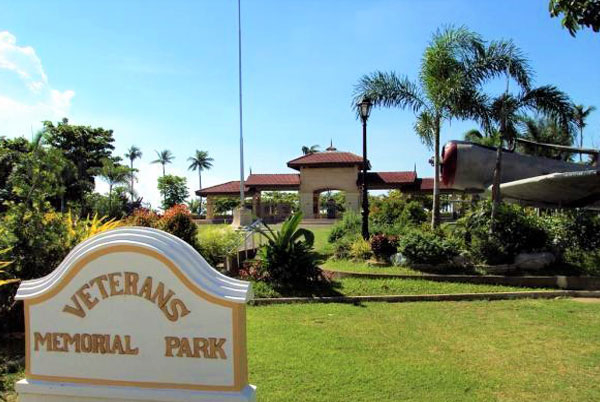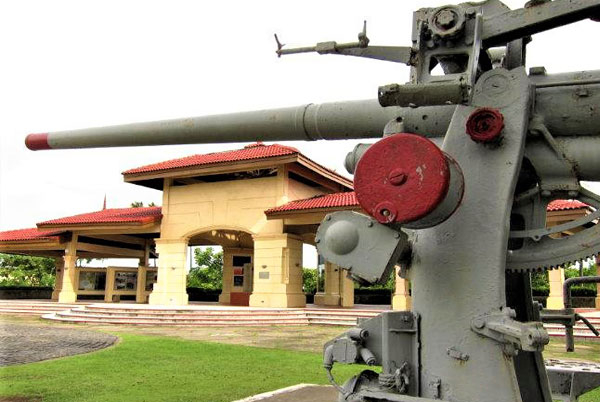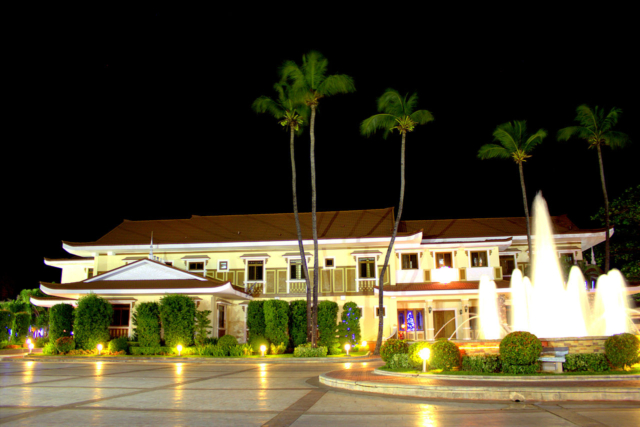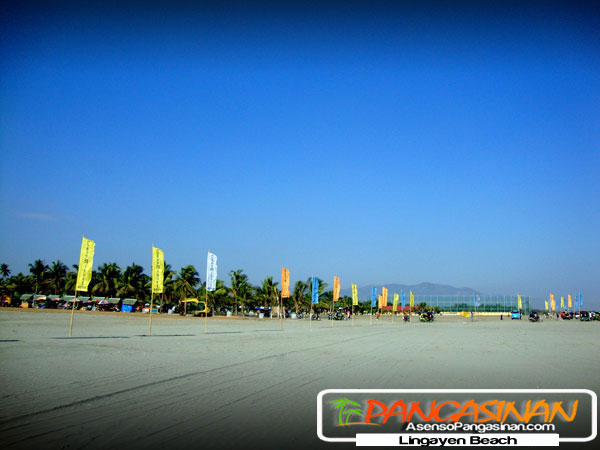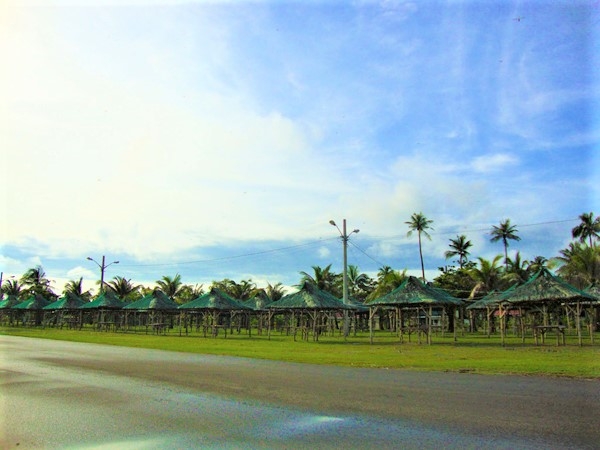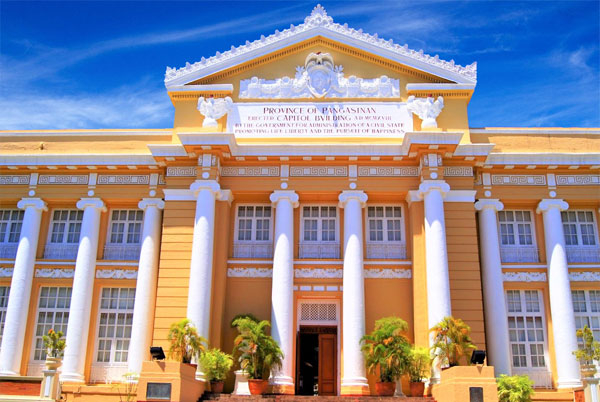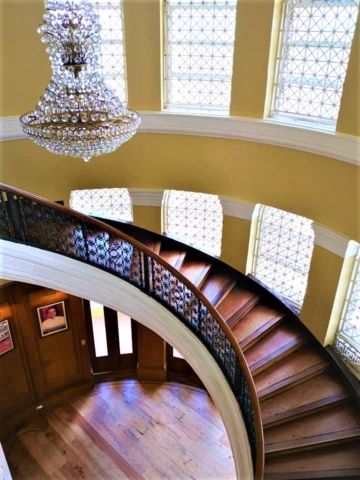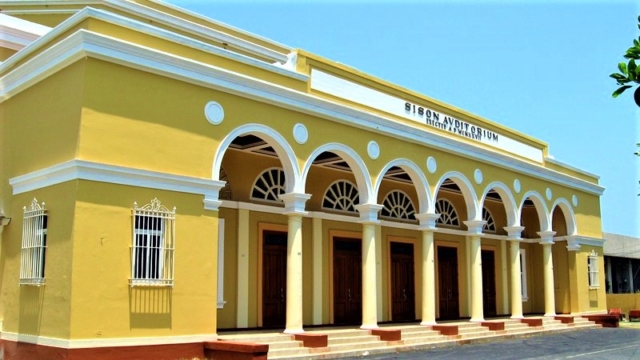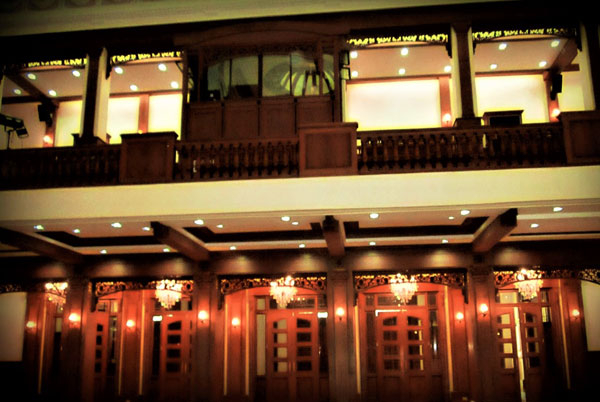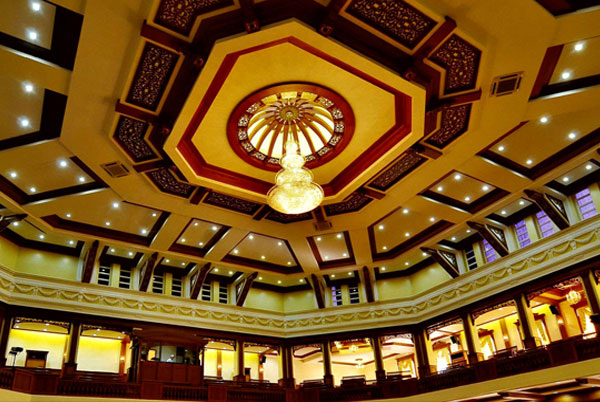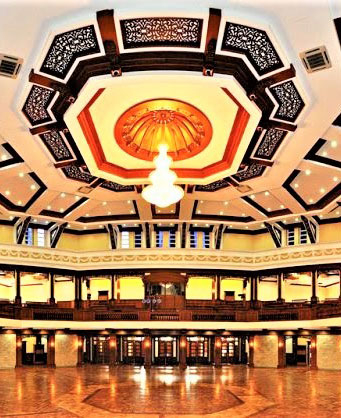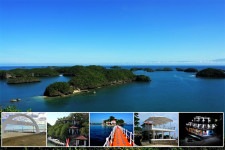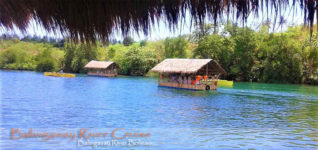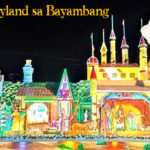
Geography
It is located along the Lingayen Gulf, the Agno River and the Limahong Channel. It has a land area of 62.76 square kilometers consisting of 32 barangays and also has 7 sitios. Its terrain is flat, suitable for farms and fisheries. Lingayen weather is cool from December to February, warm from March to April, and the wet season is between May and October.
Transportation
Several bus companies like Victory Liner and Dagupan Bus Co. have routes going to Lingayen from Manila, Baguio City, and Dagupan City every day. The town has a small airport, Lingayen Airport, where light planes can land and serve as a community airport in Lingayen and surrounding areas.
The History
The Augustinian missionaries and the Spanish conquistadores drew a plan of Lingayen in 1614 and Lingayen was founded. The founders named the town Lingayen at the suggestion of natives themselves, due to a certain corpulent tamarind tree growing on the present town plaza at that time. The tree was exceptionally big, tall, and spreading; that the surrounding trees were just drafts in comparison. Passers-by developed the habit of looking back and back again at this corpulent tree until it would vanish from their rearview. When they arrived home and were asked what way they took in returning they would simply say “through Liñgayen”. The word “Liñgayen” was from the Pangasinan language word “lingawen” meaning “to look back”. Since then up to the present time, the town bears its name as Lingayen.
Lingayen became the capital of Pangasinan when the province became an encomienda.
The province itself has always been famous because this was the landing site of Gen. Douglas McArthur when he returned to the Philippines to liberate Luzon in 1945 to fight the Japanese forces in World War II.
Tourism
The municipality has many beautiful attractions: Lingayen Beach, the Provincial Capitol, Urduja House, the World War II Memorabilia Ground Site, Sison Auditorium, the Narciso Ramos Sports Complex, and Civic Center and the Limahong Channel. It also has two wonderful parks: the Town Park and the Capitol Grounds. The town celebrates its Town Fiesta in honor of the Three Kings every first Friday, Saturday & Sunday of January; also celebrates “Bagoong Festival” to promote the main product of the town, happens a week after the town fiesta celebration; and joins to celebrate “Pista’y Dayat” (Beach Festival) which is being celebrated in the entire province of Pangasinan.
Heritage Structures
Heritage structures abound in the city of Lingayen. Of note are the municipality’s Provincial Capitol, Urduja House, Colegio del Santissimo Rosario Ruins, and the two Gabaldon structures inside Pangasinan National High School.
- Pangasinan Provincial Capitol Building is a neoclassical building designed by Ralph Harrington Doane. It was damaged during World War II and was reconstructed in 1946 with assistance from the US government under the Philippine Rehabilitation Act. With the completion of its repair and rehabilitation in 2008, the building earned the title “Best Provincial Capitol in the Philippines”.
- Urduja House, also called the Princess Urduja Palace, is named after the legendary warrior Princess Urduja. It currently serves as the governor’s official residence and guest house.
- Colegio del Santissimo Rosario Ruins was constructed in 1890 as an exclusive school for girls run by the Dominican sisters. Its lumber, windows, tin roofs, and beams were used to build another school in San Manuel town, leaving the structure in ruins. At present, it is within the compound of a private property.
- Pangasinan National High School, erstwhile known as Pangasinan Academic High School, was the first public secondary school in Pangasinan. In 1946, the North and South Gabaldon buildings were constructed within the school campus. And now it is considered as the mother school in the entire Pangasinan. Thousands of students are enrolled in this school. And due to the K-12 Program, it also offers courses for Senior High School students. As of now, the school is constructing several buildings for the Senior High School.
- Malong Building is named after a Pangasinense hero named Andres Malong who led the revolt against the Spaniards from 1660 to 1661. Construction of the building started in 1956 and completed in 1958. It got a major renovation in 2008, the same year the Pangasinan Provincial Capitol Building had undergone a facelift.
- Palaris Building, formerly known as Kalantiaw Building, was named after Datu Kalantiaw, said to have composed the first legal code of the Philippines, the Code of Kalantiaw. The code was said to be fraudulent and Kalantiyaw was not a Pangasinense but an Aklanon, according to some historical accounts. The building was renamed Palaris, in honor of the heroic acts of Pantaleon Perez, also known as “Palaris” in leading the Pangasinense rebels from 1762-1764 against the Spaniards.
- Sison Auditorium was built in Neo-classical style, and was constructed in 1927. It was initially known as the “Grand Provincial Auditorium” in the 1930s was the popular venue for zarzuelas and other cultural performances in pre-war and early post-war periods. It was later renamed after former Governor Teofilo Sison, the first Pangasinense to become secretary of National Defense. In 2010, it had undergone a major renovation and inaugurated in the same year, April 5. At present, Sison Auditorium serves as the Cultural Center of Ilocos Region.
Source: https://en.wikipedia.org/wiki/Lingayen
You may also like:

